The future is here. Futuristic tech straight out of a 1950s dream is hurtling us towards tomorrow, but hold on a sec… wouldn’t it feel oddly impersonal if your doctor strolled into your next appointment sporting Apple’s brand new Vision Pro headset? Weird, right?
How exactly could your doctor be using this new technology? The test group from Sharp Healthcare in San Diego is showing us how.
What Is the Apple Vision Pro?
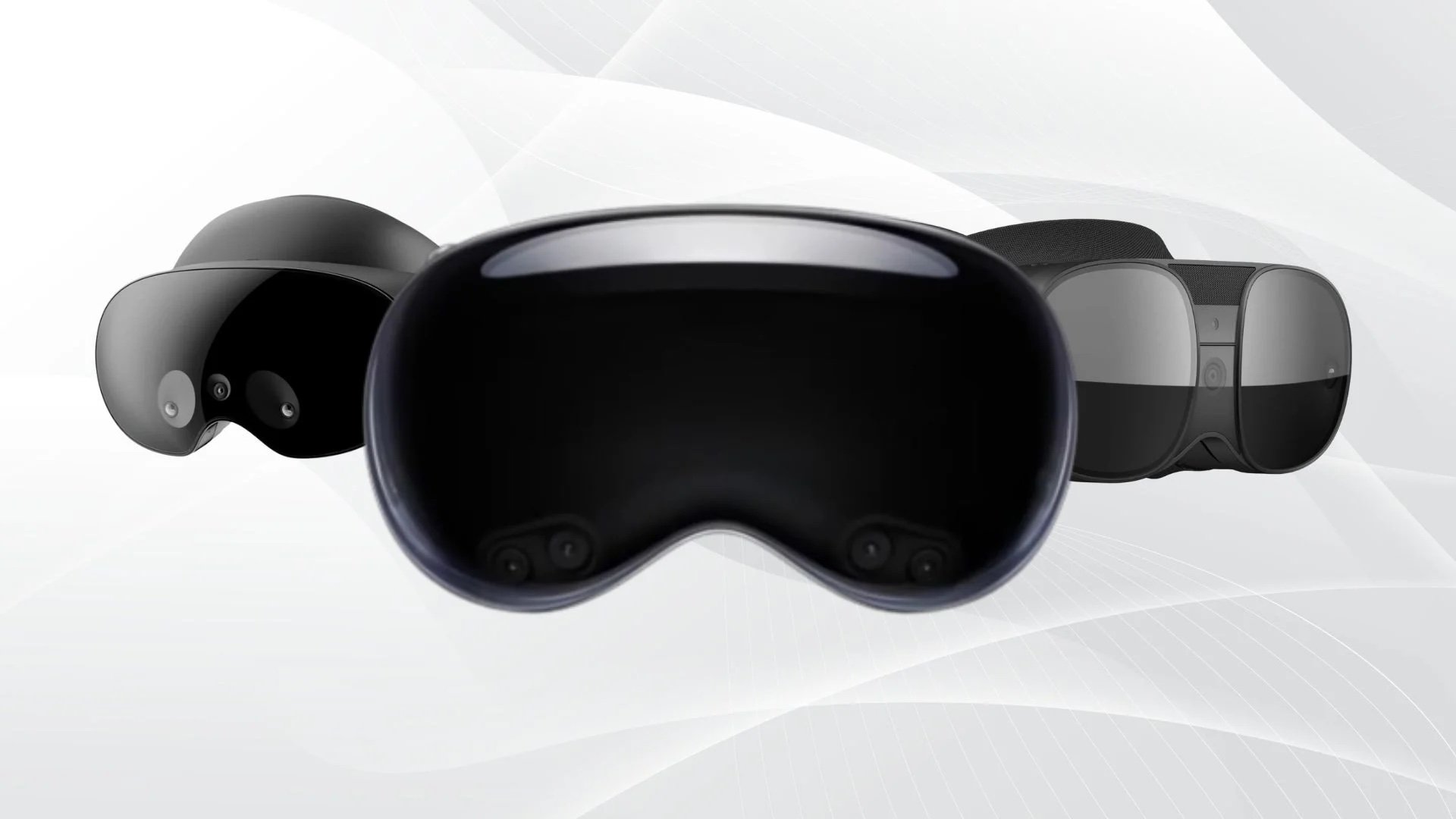
For those who might not be familiar with the new tech, Apple Vision Pro is Apple’s first spatial computer. This means that it blends digital content with the physical world. The company announced the project in June 2023 and brought it to market earlier this month.
The high-end device costs between $4,391 and $5,988, and is currently only available in the United States.
How Is the Vision Pro Being Used in Healthcare
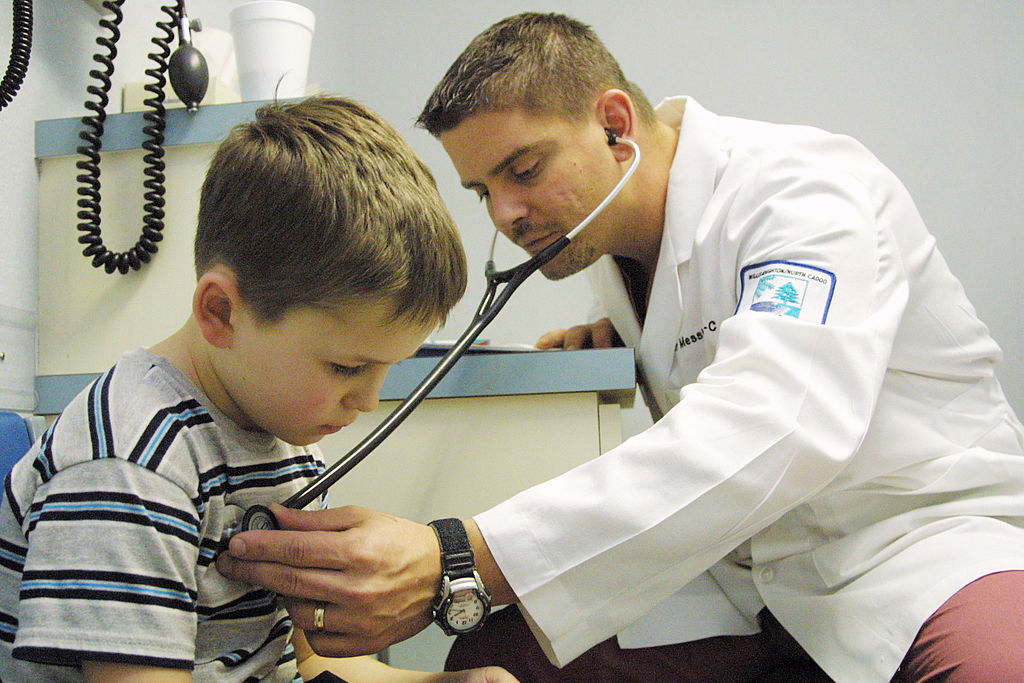
While Apple’s latest innovations have ushered in a new virtual reality world, healthcare professionals are finding a way to implement the tool into their daily practice. Right now, Vision Pro can display medical records and fill a doctor’s field of view with anything from graphs of a patient’s blood pressure to X-ray results.
However, the new Spatial Computing Center of Excellence wants to push the technology further, and this is how.
Where Are the Vision Pros Best Suited?
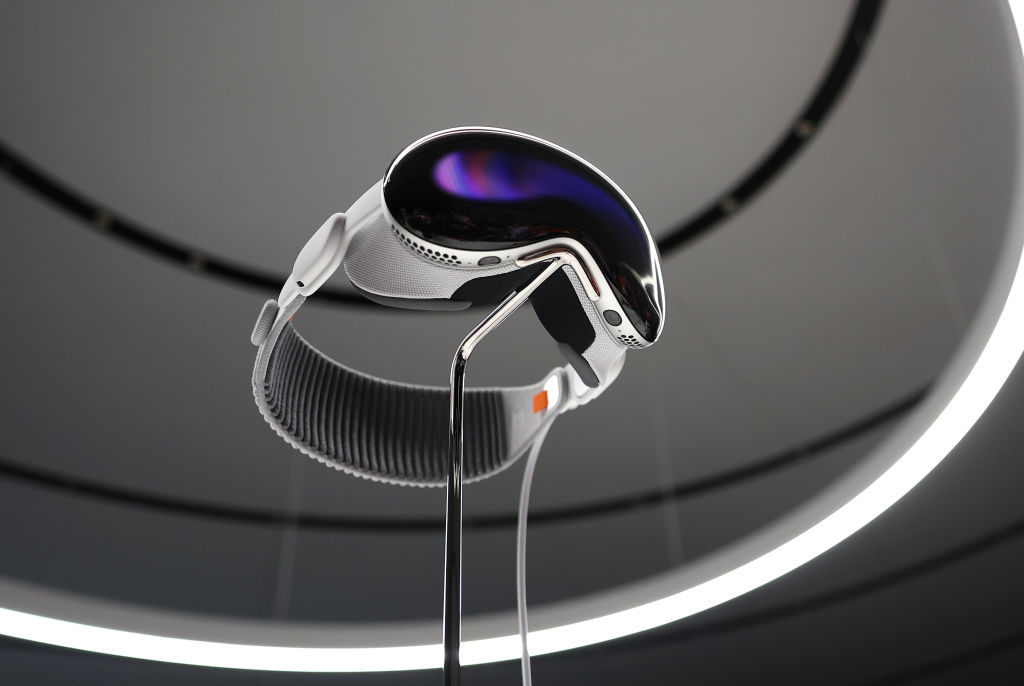
With built-in cameras monitoring eye movements, Vision Pro empowers family medicine practitioners to conduct precise eye exams directly in their offices.
Quickly Accessing Charts, Scans, and More
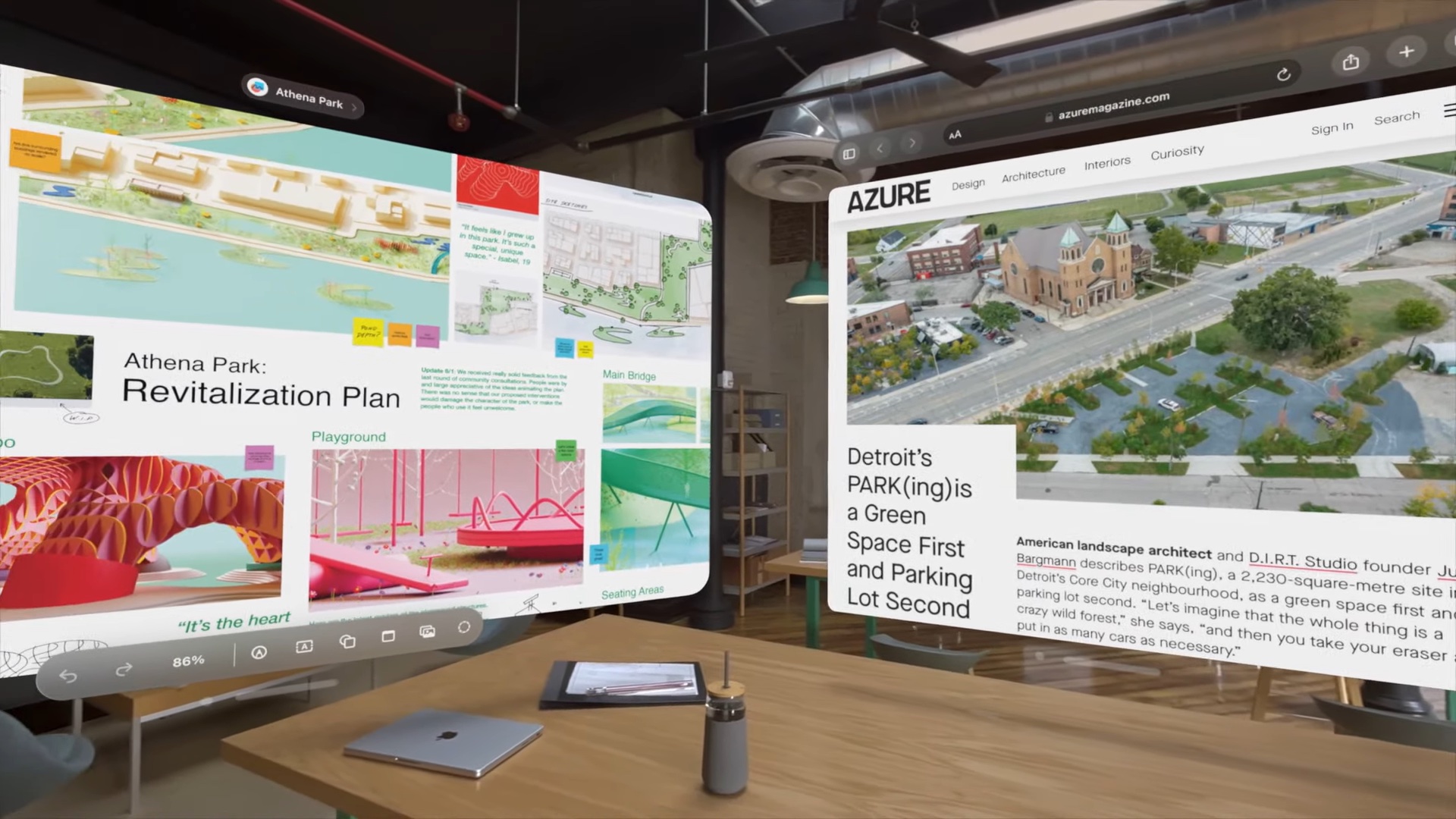
The headset’s flexibility shines in less obvious applications. Nursing managers might be able to better visualize the vital stats of all the patients assigned to the nurses they oversee. Other workers assigned to monitor video feeds of at-risk patients can keep better watch.
Doctors could view a patient’s comprehensive medical history, x-rays, and body scans and quickly scan and select items with just a tap of their fingers.
Virtual Reality Helps Anesthesiologist
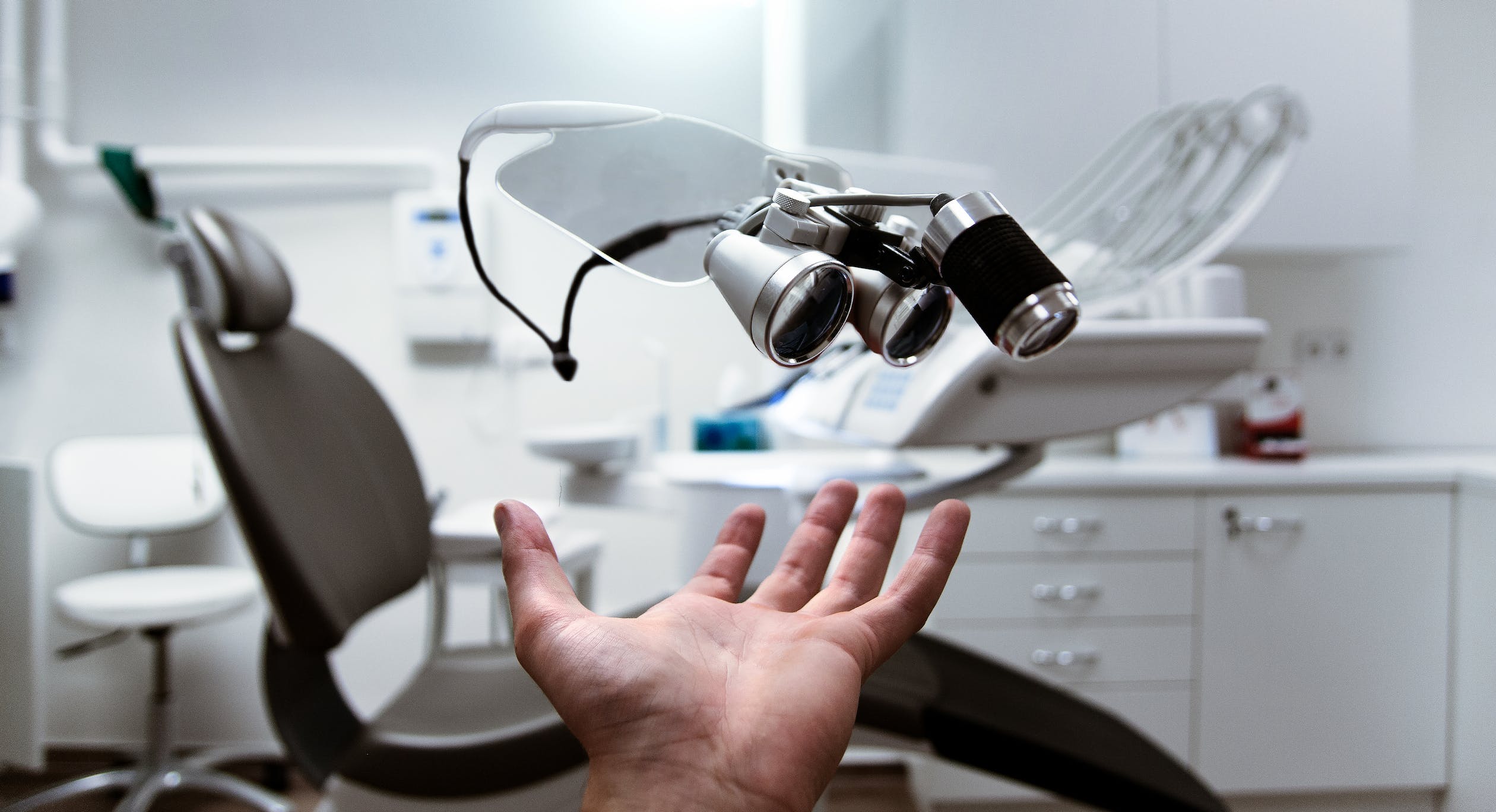
The San Diego Union-Tribune highlights a fascinating use case: anesthesiologists could ditch those pesky, out-of-reach monitors and instead, view critical patient information directly projected around the patient via a headset. This innovative approach would empower doctors to simultaneously monitor both their patients and their vital signs seamlessly, streamlining their workflow and potentially enhancing patient care.
“You know, anesthesiologists monitor a ton of information in real-time, vital signs, EKG, spirometry, waveforms,” Dan Exley, Sharp’s vice president of clinical systems, says.
Vision Pros Help in Complex Surgeries

Apple believes that doctors and surgeons can use Vision Pro to help aid in surgeries. With surgical teams starting to use augmented reality at UC San Diego Health in 2021 to aid in complex spinal operations, the headsets allowed surgeons to perform quickly without having to take their eyes off the patient.
“Now you’re able to just keep your eyes on the patient, you’re not looking back constantly to see what the monitors are saying behind you,” Exley said.
Eliminating Frustration with Healthcare
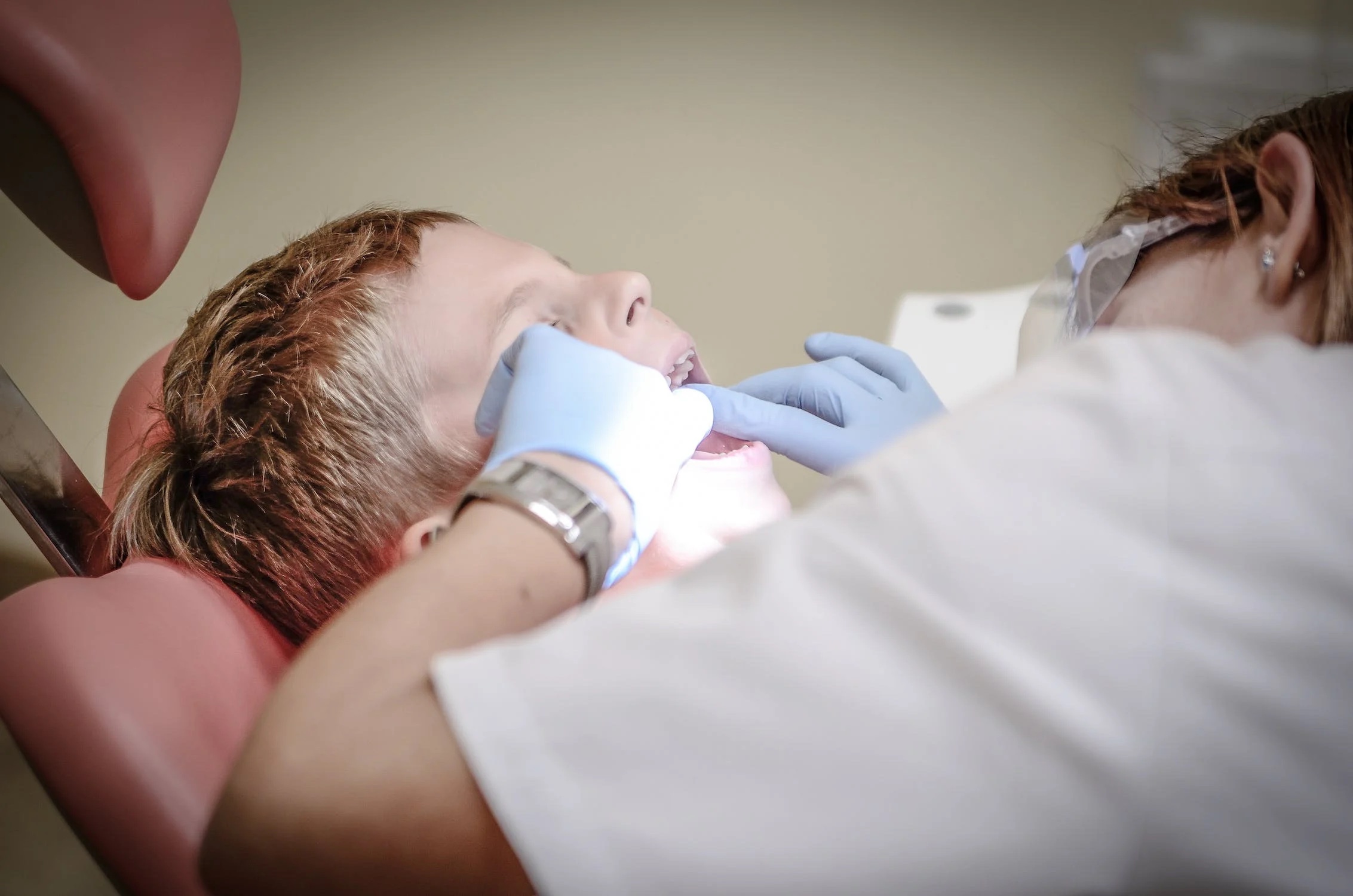
“I think that it changes how we connect and communicate during surgery and out of surgery,” Dr. Rafael Grossmann, a trauma surgeon at Portsmouth Regional Hospital, told WMTW 8.
“One of the most frustrating issues in healthcare is how we interact with the electronic medical record and if we can change that paradigm of how we interact, I think that we’re going to avoid a lot of the stuff that we see now in regards to frustration with healthcare,” Grossmann said.
Virtual Reality Has Taken Root in Healthcare

Augmented reality isn’t new to the healthcare industry. Virtual reality has helped in exposure therapy to treat post-traumatic stress disorder, allowing patients to experience traumatic “triggers” in a safe environment.
Similarly, augmented reality has been aiding in physical therapy and rehabilitation, improving adherence and potentially decreasing reliance on medication.
Learning Beyond the Clinic
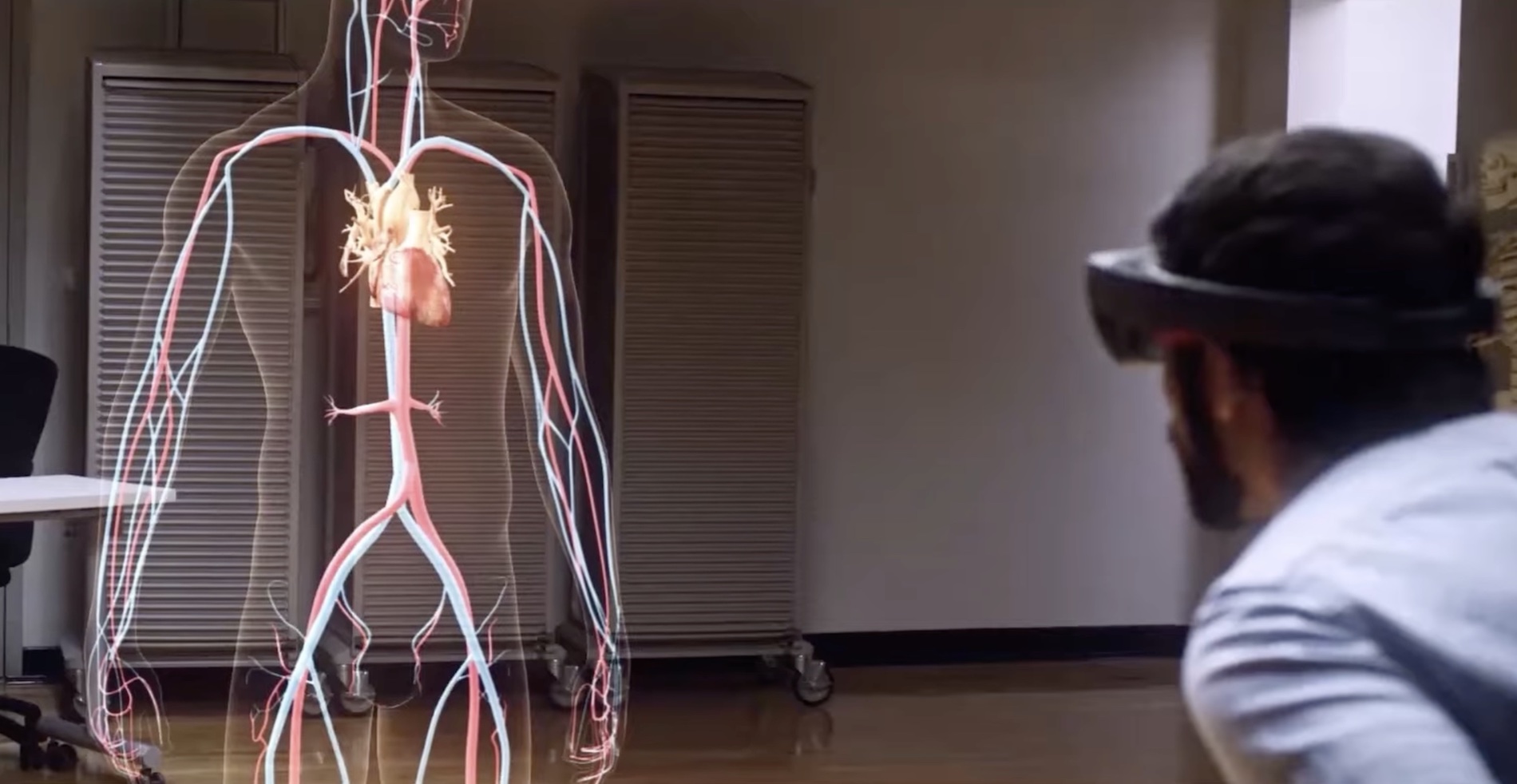
In classrooms, Vision Pros are empowering future healthcare professionals with immersive learning. Studies are also beginning to show that virtual models showing items in three dimensions are great for teaching medical professionals.
The complex anatomy can now be studied in great detail, allowing students to better understand a medical procedure.
Helping Patients Understand Through the Headsets
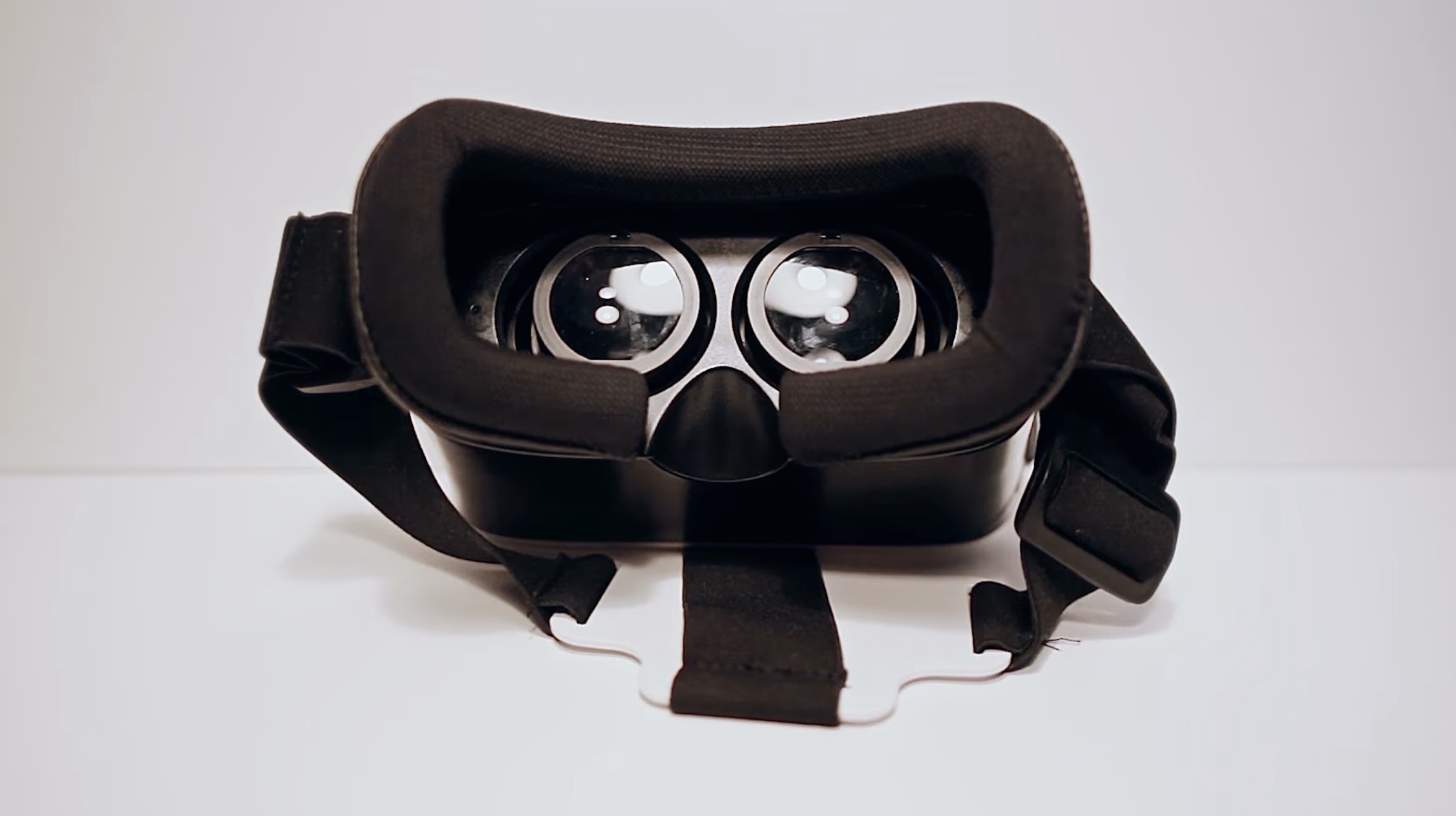
This feature can also help patients better understand the medical procedures that they will be getting. Understanding the procedures allows them to weigh the risks and benefits, consider alternatives, and ultimately decide if it aligns with their values and goals.
“Now I’m armed, before I go into the exam room, with all of the knowledge organized visually and conveniently,” Dr. Tommy Korn said to the San Diego Union-Tribune. “Now I can share that information with the patient and not be focused on the computer.”
The Healthcare Field is Rapidly Changing

Don’t expect your doctor to walk into the examination room with a pair of Vision Pros on during your next appointment. During patient interactions, Vision Pros are deliberately powered down to ensure no reduction in human connection.
Virtual reality is rapidly transforming the medical landscape. Imagine medical students immersing themselves in 3D anatomical models, practicing complex procedures on virtual patients, or even experiencing specific health conditions firsthand.








































